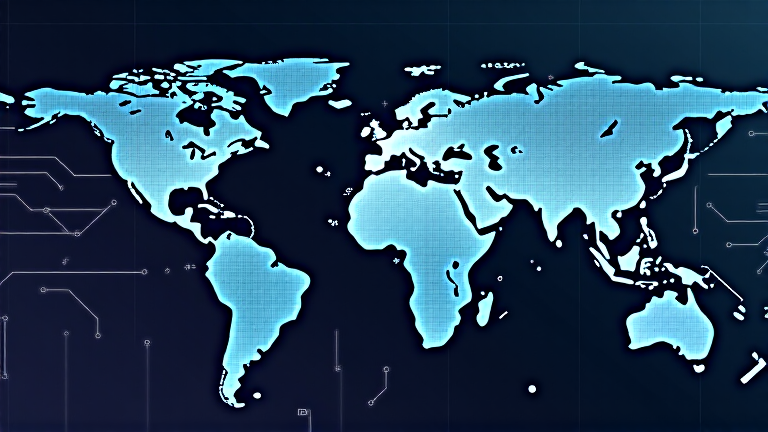
A New Era in AI Competition: DeepSeek's Dramatic Entry
The release of DeepSeek, an artificial intelligence chatbot developed by a tech start-up in Hangzhou, China, has brought a seismic shift to the AI landscape. Surging to top the download charts for both Apple Store and Google Play, DeepSeek has unseated the well-known American champion, ChatGPT, prompting major repercussions across the global tech sector.
Impact on Industry Giants
This unexpected development has significantly impacted major players in the tech market, with U.S. tech stocks witnessing a massive $1 trillion drop in value. Nvidia, a prominent AI chip manufacturer, saw a staggering $600 billion wiped off its market value in a single day. Such ripple effects underscore the extent to which DeepSeek has disrupted existing market dynamics.
Understanding DeepSeek
DeepSeek offers functionalities comparable to its Western counterparts, including generating song lyrics, crafting personal development plans, and creating dinner recipes. While proficient in several languages, its most potent performances are in English and Chinese. However, like other Chinese-made chatbots, DeepSeek is programmed to avoid sensitive topics related to Chinese politics.
Despite its conservative setup, industry experts are impressed by the model's capabilities, considering the limited resources used in its development—only a fraction of what U.S. companies invest in their models.
The 'Sputnik Moment' in AI
DeepSeek's emergence challenges the long-held belief that U.S. dominance in chip production and tech would secure its lead in AI advancements. The relatively low cost of DeepSeek's development starkly contrasts with the billions invested by American firms. The situation evokes comparisons to the historic 'Sputnik moment' in 1957, highlighting a potential shift in technological leadership.
A Wake-Up Call for U.S. Tech Firms
President Donald Trump and other industry leaders have termed DeepSeek's rise a wake-up call, urging U.S. companies to re-evaluate their strategies. Notably, the opportunity exists for U.S. firms to innovate at lower costs, fostering competitive advancements in AI technologies.
Open Source vs. Proprietary Models
Unlike its proprietary Western peers, DeepSeek operates as an open-source model, permitting unrestricted access to its code. This transparency invites global researchers to explore and enhance the program. Experts view DeepSeek’s openness as a nod to the original intent of AI research—democratizing AI technological progress.
Concerns Over Privacy and Data Security
Not all feedback is positive; concerns about data privacy and sovereignty have been raised. Irish and Australian officials caution users about data storage on Chinese servers, emphasizing the lack of stringent data protection laws in China compared to Western nations. These privacy concerns echo broader geopolitical tensions and could influence international user acceptance.
China's Ambitious AI Goals
With ambitions to dominate AI technology by 2030, DeepSeek’s success signifies a possible leap in overcoming barriers that Chinese companies face. The app’s rise is viewed as part of a broader strategy by China to amplify its competitive edge in artificial intelligence, supported by substantial state investments.
The global tech landscape is witnessing a pivotal transformation, led by innovations like DeepSeek that challenge existing norms and redefine competitive paradigms in AI technology.
Note: This publication was rewritten using AI. The content was based on the original source linked above.